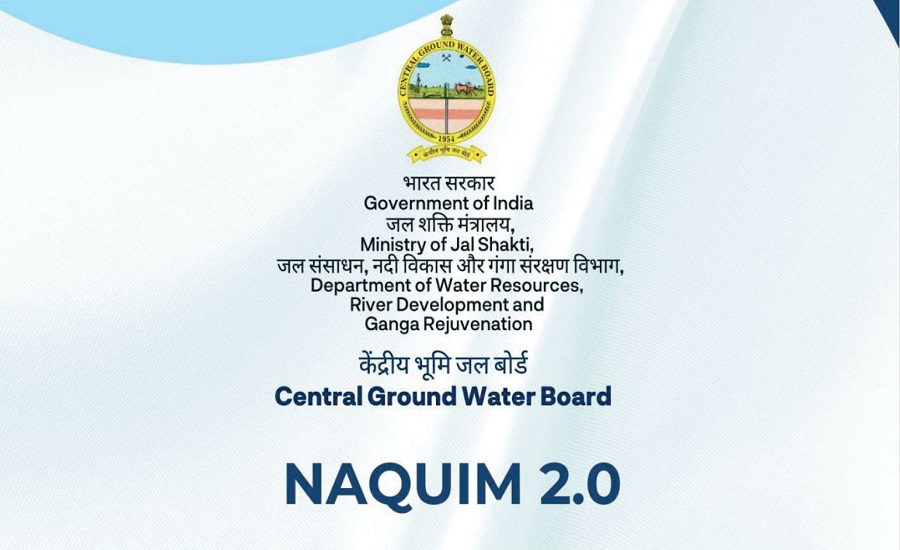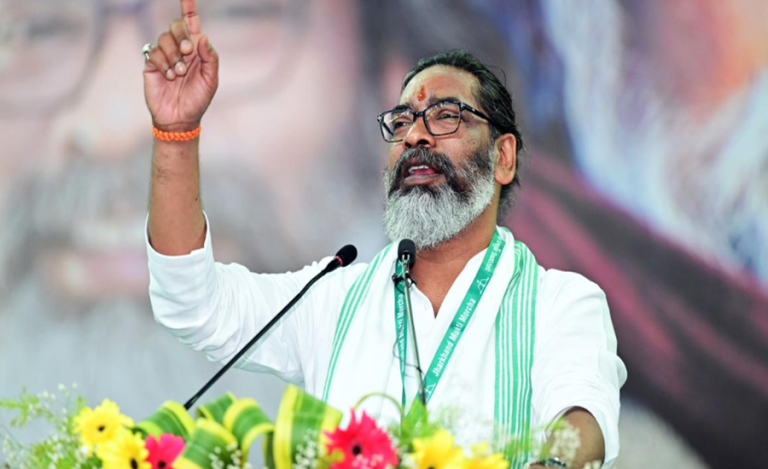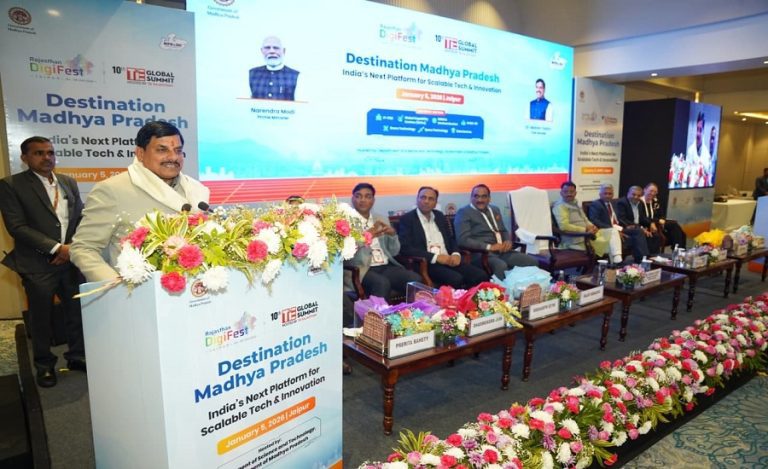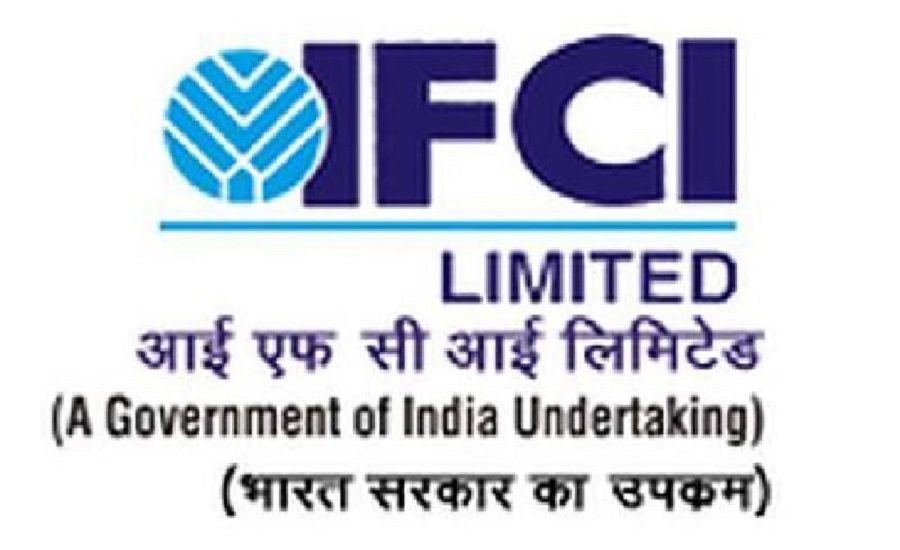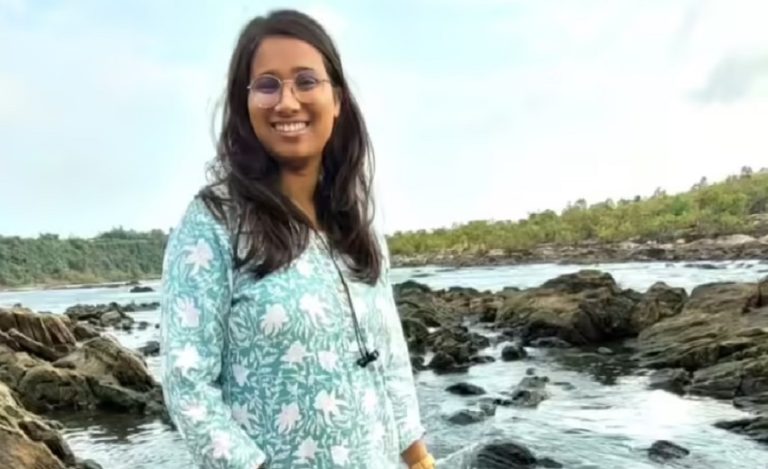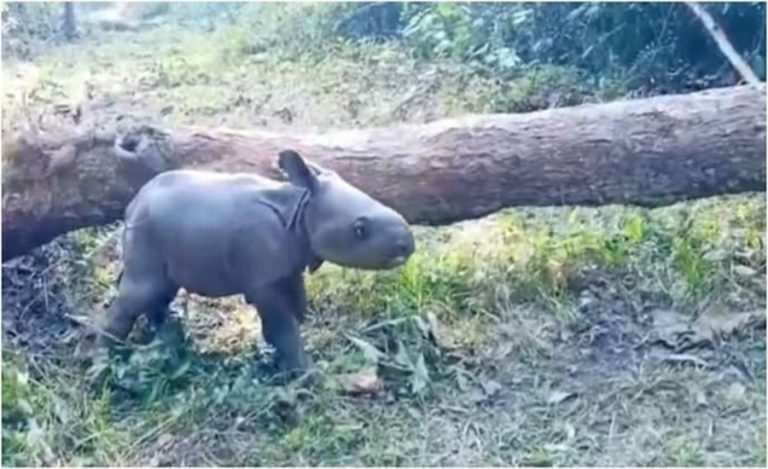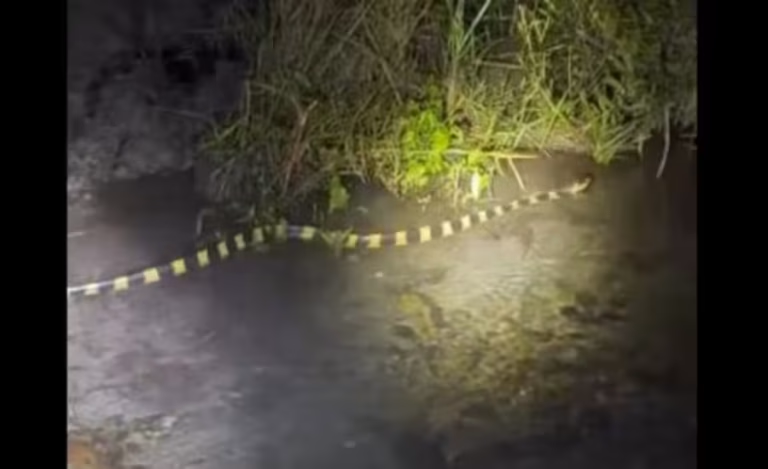Panaji: The Government of Goa has taken a significant step toward strengthening its water resource management framework with a high-level review of the National Aquifer Mapping and Management Programme (NAQUIM 2.0). The meeting, held at the Goa Secretariat, was chaired by 2009 batch IAS officer S. S. Gill, Secretary, Water Resources, and included officials from the Central Ground Water Board (CGWB) and technical experts engaged in aquifer mapping and groundwater monitoring.
NAQUIM 2.0: A Science-Driven Approach to Groundwater Security
The NAQUIM 2.0 programme, launched by CGWB, focuses on advanced aquifer delineation, data integration, and region-specific management strategies to tackle groundwater challenges. The second phase emphasizes precision mapping, digital tools, and incorporation of scientific findings into state-level water governance policies.
Goa, with its fragile coastal ecosystems and increasing water demands, is one of the states where groundwater plays a vital role in both rural and urban livelihoods. Officials reviewed the current status of aquifer mapping across Goa, identification of over-extraction zones, and formulation of localized management plans.
Key Discussions: Synergy, Sustainability, and Community Participation
During the meeting, discussions focused on:
- Integrating NAQUIM data into Goa’s water policies
- Monitoring aquifer health using modern tools and digital platforms
- Identifying vulnerable zones affected by depletion or contamination
- Enhancing public and community participation in water conservation efforts
S. S. Gill, IAS, underlined the strategic importance of groundwater data and its role in supporting long-term water resilience. He emphasized the need for coordinated efforts between the state’s water management bodies and the CGWB to ensure that the scientific work under NAQUIM leads to on-ground impact.
“Scientific mapping is just the beginning — we must ensure that the insights lead to practical, site-specific action,” said Mr. Gill during the deliberations.
Moving Ahead: Field Work, Awareness & Policy Integration
The meeting concluded with several key resolutions:
- Acceleration of ongoing field studies to complete aquifer mapping
- Wider dissemination of groundwater-related findings to local governance bodies
- Public awareness campaigns promoting conservation and responsible usage
- Ensuring that NAQUIM outputs are aligned with Goa’s broader water sustainability goals
This collaborative approach aims to make Goa a model for data-backed, community-driven water governance, where scientific insight informs sustainable practices.

